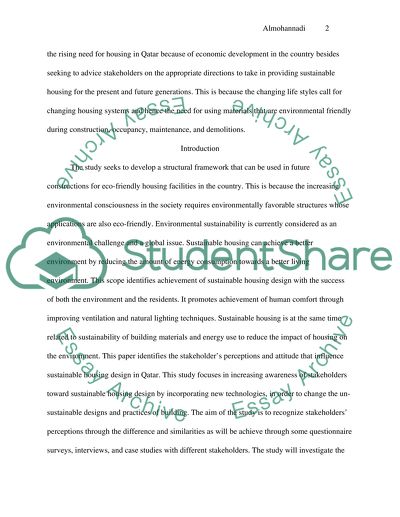Cite this document
(“Stakeholders Perception of Sustainable Housing Strategies Research Paper”, n.d.)
Stakeholders Perception of Sustainable Housing Strategies Research Paper. Retrieved from https://studentshare.org/architecture/1478864-stakeholdersyie-perception-of-sustainable-housing
Stakeholders Perception of Sustainable Housing Strategies Research Paper. Retrieved from https://studentshare.org/architecture/1478864-stakeholdersyie-perception-of-sustainable-housing
(Stakeholders Perception of Sustainable Housing Strategies Research Paper)
Stakeholders Perception of Sustainable Housing Strategies Research Paper. https://studentshare.org/architecture/1478864-stakeholdersyie-perception-of-sustainable-housing.
Stakeholders Perception of Sustainable Housing Strategies Research Paper. https://studentshare.org/architecture/1478864-stakeholdersyie-perception-of-sustainable-housing.
“Stakeholders Perception of Sustainable Housing Strategies Research Paper”, n.d. https://studentshare.org/architecture/1478864-stakeholdersyie-perception-of-sustainable-housing.


